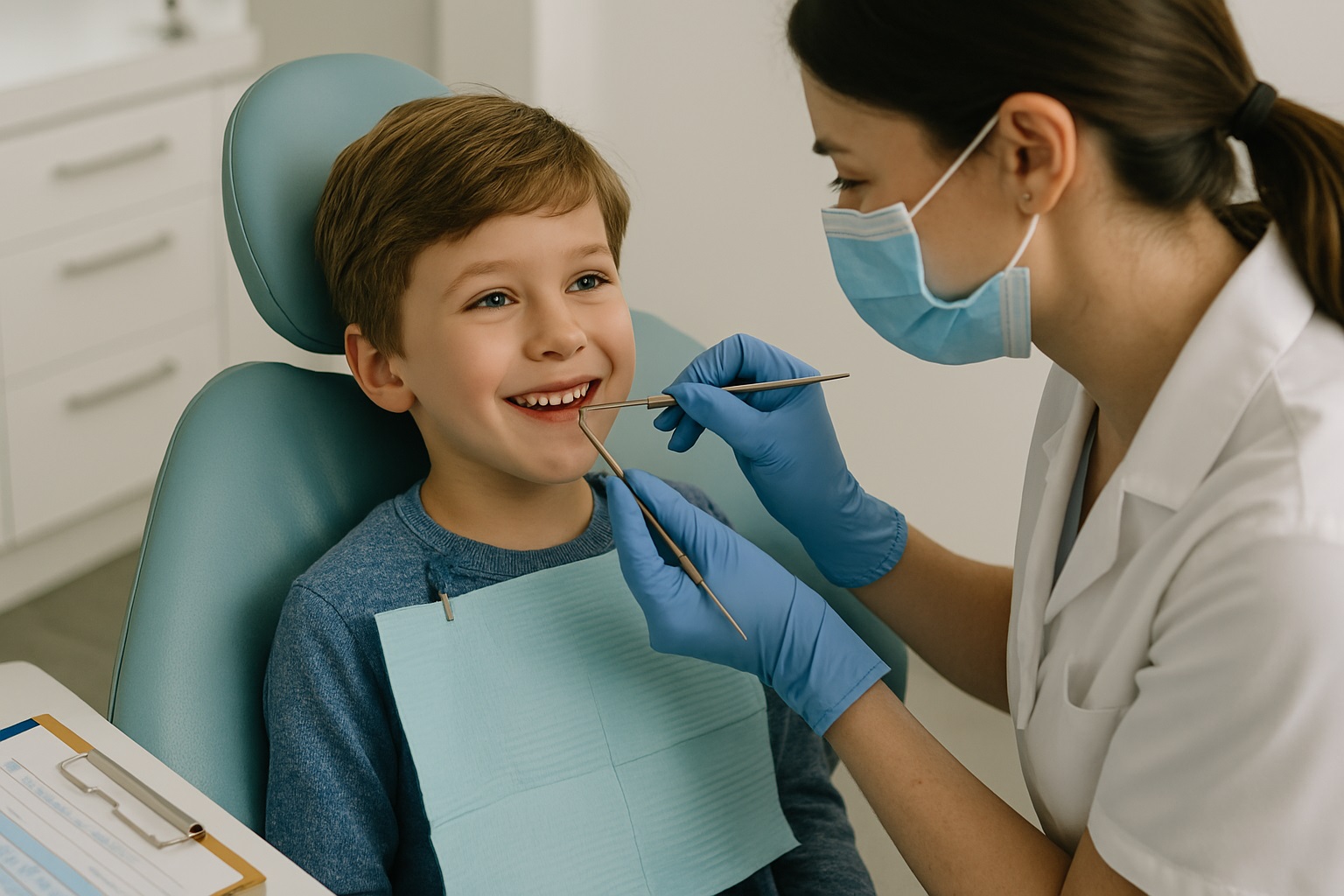How Medicare Child Dental Benefits Work

When it comes to children’s health, dental care can easily be overlooked. Between doctor checkups and school responsibilities, parents may not always realize how much a healthy mouth contributes to overall well-being. That’s where Medicare’s Child Dental Benefits Schedule (CDBS) comes in—designed to ease the cost of essential dental care for children who qualify.
Parents often ask how this program works, what it covers, and how to use it. The answers aren’t complicated, but the fine print matters. Understanding the structure and limitations of the benefit can help families make the most of it without running into surprise expenses.
What This Article Covers
This article explains the basics of the Medicare Child Dental Benefits Schedule (CDBS), who qualifies for it, what services are included, how to access them, and how billing works. It also covers common questions from parents and clears up some confusion about what’s free, what’s capped, and what requires out-of-pocket payment.
What Is the Medicare Child Dental Benefits Schedule?
The Medicare Child Dental Benefits Schedule (CDBS) is a program offered by the Australian Government that helps cover the cost of basic dental services for eligible children. It’s not a separate insurance plan but a benefit administered through Medicare. If your child qualifies, Medicare pays the dental provider directly or reimburses you after the visit, depending on the arrangement.
The CDBS offers up to $1,052 in dental services over a two-year period per eligible child. This amount resets every two calendar years, not based on when treatment starts. That means if a child starts care in December, the full benefit may still reset in January.
Who Is Eligible?
To qualify for CDBS, your child must be between 0 and 17 years old and receive a government payment that meets the income test. Some of these payments include Family Tax Benefit Part A, Parenting Payment, Disability Support Pension, and others. The government automatically checks eligibility each year, and families are notified by mail or through their Medicare online account.
No application is needed if your child qualifies. If you’re unsure, a quick check on the MyGov website or by calling Medicare can confirm current eligibility status. Also, keep in mind that the benefit is not tied to private health insurance—you can use both if you choose.
What Dental Services Are Covered?
The benefit covers a range of preventive and basic treatments. This includes check-ups, cleaning, fluoride treatments, X-rays, fillings, fissure sealing, extractions, and root canals. What it doesn’t cover are orthodontic treatments, cosmetic procedures, or hospital-based services. These would need to be paid out-of-pocket or through private dental plans.
The focus of CDBS is to support preventive care and early treatment to avoid serious dental problems later. Regular checkups and cleanings are encouraged because they’re included in the benefit and don’t usually use up a large portion of the cap.
How Billing Works
Most dental clinics that see children under Medicare’s CDBS will ask parents whether they want the provider to bulk bill. Bulk billing means the dentist accepts the Medicare benefit as full payment and you don’t have to pay anything out-of-pocket. If the provider doesn’t bulk bill, you may be required to pay upfront and then seek reimbursement from Medicare.
Always ask about fees and billing before any service begins. Some clinics will offer itemized treatment plans, which let you see how much of the $1,052 will be used during a visit. This way, you can avoid hitting the cap unexpectedly.
The dentist also needs to get consent before proceeding with treatment under the scheme. This involves explaining what they’ll do and how much of the cap it will use. You’ll need to sign off on this plan so that it can be submitted to Medicare.
Making the Most of the Benefit
Since the benefit is capped, careful planning matters. Prioritize preventive visits like cleanings and basic fillings to avoid future problems that might require complex or costly treatments. Many parents choose to spread out the visits over time rather than use the full amount in a single session.
It’s also helpful to visit the same dental clinic for your child’s visits. Keeping a consistent record with one provider makes it easier to track how much of the benefit has been used and what treatments have already been done.
If your child needs more complex work later in the year and the cap has already been used, you may want to schedule those services for after the reset period—if the timing makes sense from a health standpoint.
Common Parent Questions
A few questions tend to come up frequently. Can I still use the benefit if I have private dental insurance? Yes, you can. Just let your provider know which method of payment you prefer, and they’ll bill accordingly.
What if I don’t know if my child qualifies? The easiest way to check is through your MyGov account linked to Medicare. You can also call Services Australia for a quick eligibility check.
What happens if we don’t use the full benefit? The unused portion does not roll over beyond the two-year period. So if you only used $300 out of $1,052, the remaining amount disappears after that time frame ends.
Why This Benefit Matters
Dental health has a long-term impact on children’s confidence, ability to focus in school, and even their nutrition. By covering basic care, the Medicare Child Dental Benefits Schedule helps level the playing field for families who may not be able to afford private services.
This isn’t just about clean teeth—it’s about building strong habits early, preventing pain and infections, and setting kids up for healthier lives. When cost is no longer a barrier, children are more likely to get the dental care they need when they need it.
Keeping track of dental benefits can feel like just another item on a long to-do list, but it’s one that pays off. Understanding how the Medicare Child Dental Benefits Schedule works makes it easier to access services, avoid surprise bills, and protect your child’s oral health over time.







